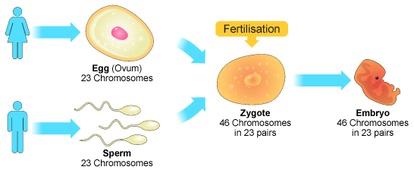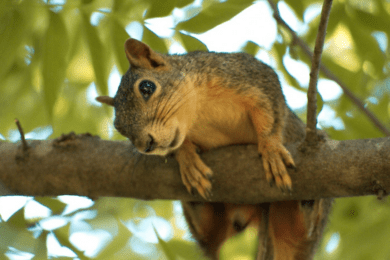

To learn more : http://myscienceschool.org/index.php?/archives/1495-How-do-plants-reproduce.html
| BASIS FOR COMPARISON | OVIPAROUS ANIMALS | VIVIPAROUS ANIMALS |
|---|---|---|
| Meaning | Oviparous are the animals which lay fertilized or an unfertilized egg. | Viviparous are the animals which give birth to the young ones, and their development occurs inside the female body (mother’s womb). |
| Lay/Give birth | Oviparous are known to lay eggs, which can be fertilized or unfertilized. | Viviparous animals directly give birth to the young ones. |
| Type of fertilization | It can be internal or external fertilization. | It is internal fertilization. |
| Development of zygote | The development of the embryo takes place outside the embryo. | The development of the embryo takes place inside the embryo. |
| Nutrients to the developing embryo | The embryo receives the nutrients from the egg yolk. | The embryo receives the nutrients from the mother. |
| Survival chances | Less chances of survival, as the eggs are laid in an open environment. | More chances of survival, as proper protection and nutrition, is provided to the embryo inside the mother’s womb. |
| Examples | Insects, amphibians, fish, reptiles, birds. | Mammals like cats, dogs, humans, elephants, lions, tigers, etc. |
To learn more : https://biodifferences.com/difference-between-oviparous-and-viviparous-animals.html

To learn more : https://www.davids-garden-seeds-and-products.com/pollinating-plants.html






